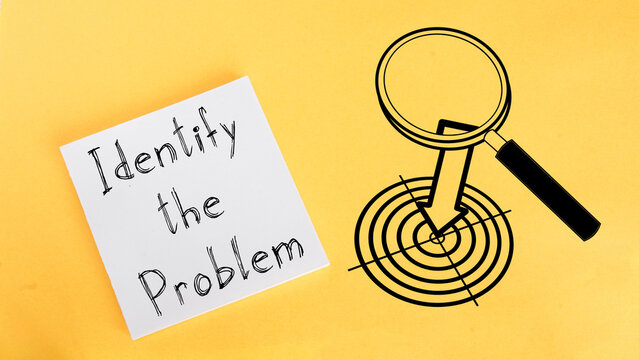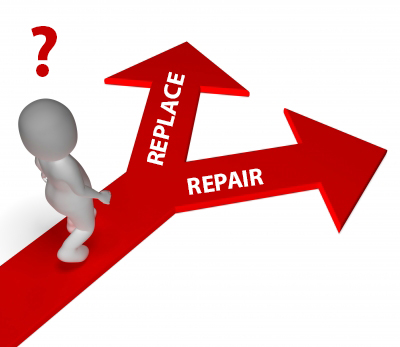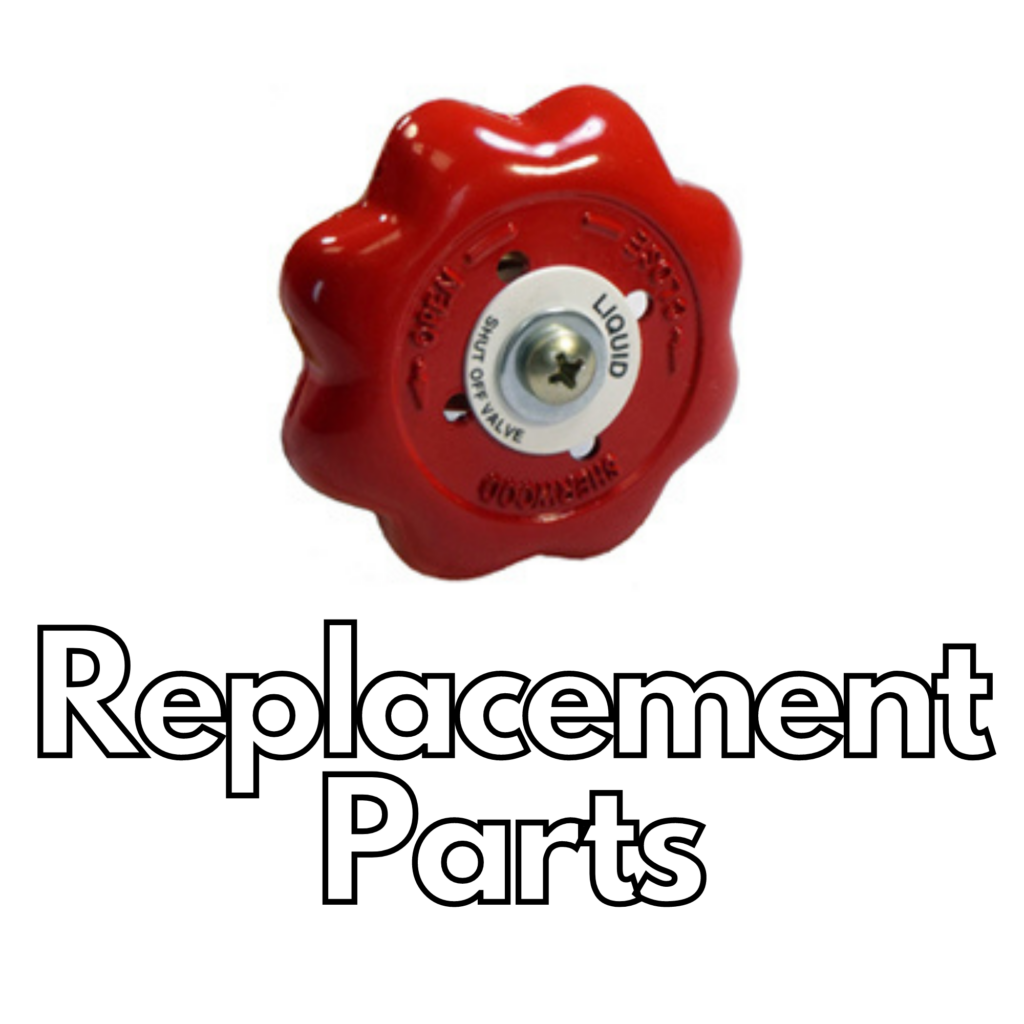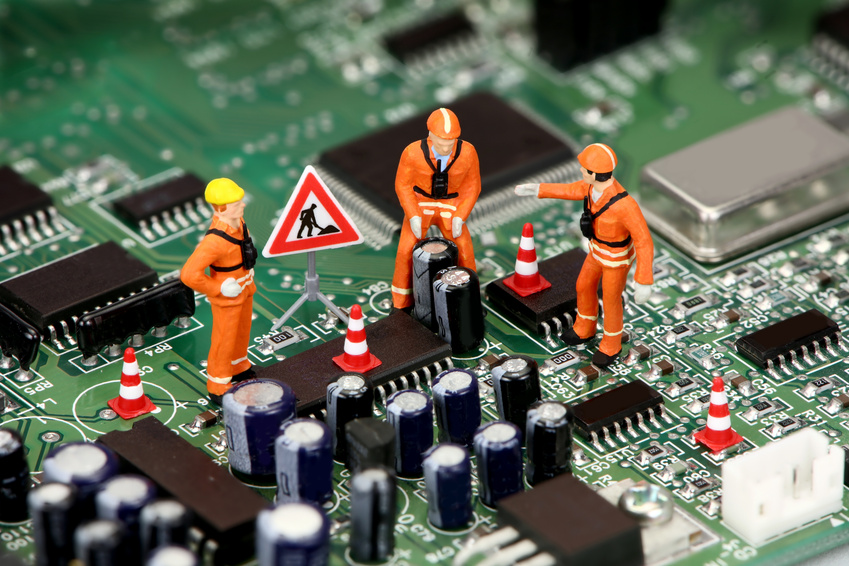Repairing old computer parts requires a combination of technical knowledge, troubleshooting skills, and the right tools. Here are some general steps you can follow to repair old computer parts:
Identify the problem:

Determine what exactly is wrong with the computer part. Is it not functioning at all, or is it experiencing specific issues like overheating, power failures, or connectivity problems? Understanding the problem is crucial for finding the appropriate solution.
Gather information:

Research the specific computer part and its common issues. Look for online resources such as forums, manufacturer websites, or repair guides that provide insights and troubleshooting tips for the particular component.
Diagnostic testing:

Perform diagnostic tests to isolate the problem further. Use diagnostic software or tools to assess the health and performance of the computer part. This step can help pinpoint the root cause of the issue.
Repair or replace:

Once you’ve identified the problem, evaluate whether the part can be repaired or if it needs to be replaced. Some components, such as power supplies or hard drives, might require replacement if they are faulty. In other cases, issues like loose connections, faulty cables, or overheating can be resolved by repairing or replacing specific components within the part.
Obtain replacement parts:

If a specific component needs to be replaced, identify the compatible replacement part. Order the necessary component from reputable sources, such as authorized dealers or trusted online retailers.
Disassembly and cleaning:

If you’re repairing a part, carefully disassemble it following proper guidelines or instructions specific to the component. Clean the part using appropriate techniques, such as compressed air for removing dust or isopropyl alcohol for cleaning contacts.
Repair or replace faulty components:

Inspect the part for any visible damage or faulty components. Check for loose connections, broken wires, bulging capacitors, or burned-out chips. If you have the technical skills, you can attempt to repair or replace these faulty components. Soldering might be required for certain repairs, so ensure you have the necessary tools and experience.
Reassembly and testing:

Once you have repaired or replaced the necessary components, reassemble the computer part carefully. Double-check that all connections are secure and properly seated. Test the part to ensure it is functioning correctly.
System-level troubleshooting:
If the repaired part still doesn’t work properly, consider examining the overall computer system for potential issues. Sometimes, problems with other components or software can affect the performance of a specific part.
Frequently Asked Questions (FAQ)
Q: Can all old computer parts be repaired?
A: Not all old computer parts can be repaired. The repairability of a component depends on various factors such as the specific issue, availability of replacement parts, technical expertise required, and cost-effectiveness. Some components may be difficult or uneconomical to repair, in which case replacement might be a more viable option.
Q: What tools are needed to repair old computer parts?
A: The tools needed to repair old computer parts can vary depending on the specific component and repair task. However, a basic toolkit typically includes screwdrivers, pliers, tweezers, a multimeter for electrical testing, compressed air for cleaning, and thermal paste for cooling-related repairs. Specialized tools like soldering equipment might be required for certain repairs.
Q: Where can I find resources for troubleshooting and repairing old computer parts?
A: There are several resources available for troubleshooting and repairing old computer parts. Online forums, manufacturer websites, repair guides, and technical documentation can provide valuable insights and step-by-step instructions for specific components. Additionally, there are video tutorials, online communities, and websites dedicated to computer repairs that can offer guidance and support.
Q: Can I repair computer parts without prior technical knowledge or experience?
A: Repairing computer parts without prior technical knowledge or experience can be challenging and risky. It’s advisable to have at least a basic understanding of computer hardware, troubleshooting techniques, and safety precautions. Complex repairs or intricate components may require advanced technical skills. If you lack confidence or experience, it’s best to seek assistance from a professional technician or repair service.
Q: Is it cost-effective to repair old computer parts?
A: The cost-effectiveness of repairing old computer parts depends on several factors, including the cost of replacement parts, the complexity of the repair, and the overall value and lifespan of the component. In some cases, repairing a part can be more cost-effective than purchasing a new one, especially for expensive or hard-to-find components. However, for inexpensive or outdated parts, replacement might be a more practical choice.
Q: What are some common issues with old computer parts?
A: Common issues with old computer parts can include power supply failures, overheating due to dust accumulation or inadequate cooling, hard drive failures, faulty RAM causing system crashes, and connectivity issues with components like network cards or USB ports. However, the specific issues can vary depending on the component and its age.
Conclusion
In conclusion, repairing old computer parts requires technical knowledge, troubleshooting skills, and the right tools. By following a systematic approach of identifying the problem, gathering information, performing diagnostic testing, and determining whether to repair or replace the component, you can attempt to restore functionality to old computer parts.
However, it’s important to note that not all computer parts can be repaired, and the repairability depends on factors such as the specific issue, availability of replacement parts, and cost-effectiveness. If you lack the necessary expertise or are uncomfortable with the repair process, it’s best to seek assistance from a professional technician or repair service.
Always prioritize safety and follow proper guidelines when working with computer parts. With the right knowledge and precautions, you can increase the chances of successfully repairing old computer parts and extending their lifespan.




![10 Gaming Laptops Under $1500 in 2024 [Mid Range]](https://aleratec.com/wp-content/uploads/2023/07/Yellow-Red-Black-Modern-Tutorial-Youtube-Thumbnail-3-100x70.jpg)